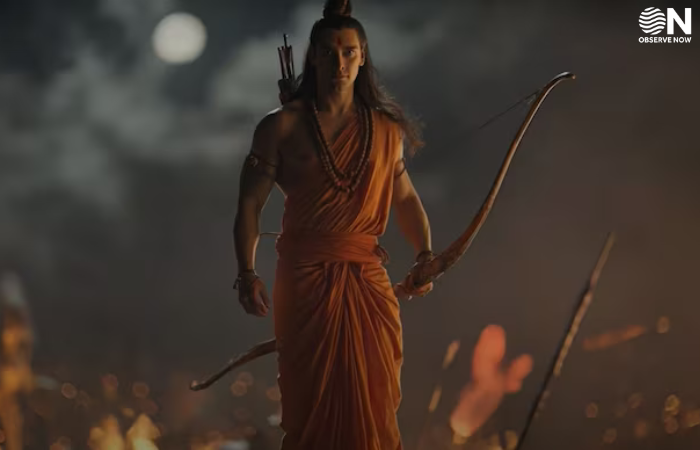Cinefai Reimagines the Ramayana with Generative AI Brilliance

In a bold fusion of tradition and technology, Mumbai-based studio Cinefai has unveiled an AI-powered adaptation of the Ramayana, capturing the imagination of audiences across the country. Leveraging the creative capabilities of generative AI, the studio has breathed new life into one of India’s most revered epics—presenting it in a format that feels both timeless and futuristic.
The trailer and first episode, released earlier this week, offer a visually rich, immersive re-telling of the ancient story—complete with AI-generated landscapes, lifelike characters, and cinematic effects that rival high-end fantasy productions. The launch marks a milestone not only in Indian entertainment but also in the evolving relationship between AI and storytelling.
While the Ramayana has been retold countless times through books, television, animation, and theater, Cinefai’s approach is groundbreaking in its execution. Rather than relying solely on human animators or traditional VFX, the studio employed generative AI tools trained on vast datasets of visual styles, classical Indian art, and motion sequences. The result is a stylized world that feels deeply rooted in mythology while pushing creative boundaries.
Each frame is meticulously designed with the help of AI models that interpret narrative prompts and generate corresponding visual sequences. According to Cinefai’s creative director, this approach allowed them to achieve a scale and speed of production that would have been near impossible using conventional techniques alone.
One of the most compelling aspects of the project is its commitment to authenticity, even as it embraces modern technology. The screenplay stays true to Valmiki’s original text while incorporating subtle narrative enhancements that appeal to contemporary viewers. Dialogues are rendered in Sanskrit-inspired Hindi, supported by subtitles in multiple Indian languages—ensuring accessibility without sacrificing cultural depth.
The musical score, composed with the assistance of AI audio tools, draws inspiration from traditional Indian instruments, creating an auditory landscape that complements the visual grandeur.
“This isn’t about replacing human creativity,” said Cinefai’s founder during the press conference. “It’s about amplifying it. With AI, we’re able to explore creative territories that were once out of reach—while still honoring the essence of our cultural treasures.”
The Indian film and OTT industry has taken note of Cinefai’s bold experiment. Critics and creators alike are hailing the project as a blueprint for the future of mythological content—especially in an era where audience expectations are driven by high-end streaming shows and cinematic universes.
Streaming platforms are reportedly in talks with Cinefai for broader distribution, while the studio plans to release new episodes weekly, covering the entire epic in a visually serialized format.
Cinefai’s Ramayana stands as a powerful example of what happens when art, technology, and heritage converge. It’s a call to Indian creators to rethink how stories are told, preserved, and passed on to new generations.
As AI continues to shape the future of content creation, Cinefai has not just reimagined a beloved epic—they’ve opened the door to a whole new way of experiencing it.
















